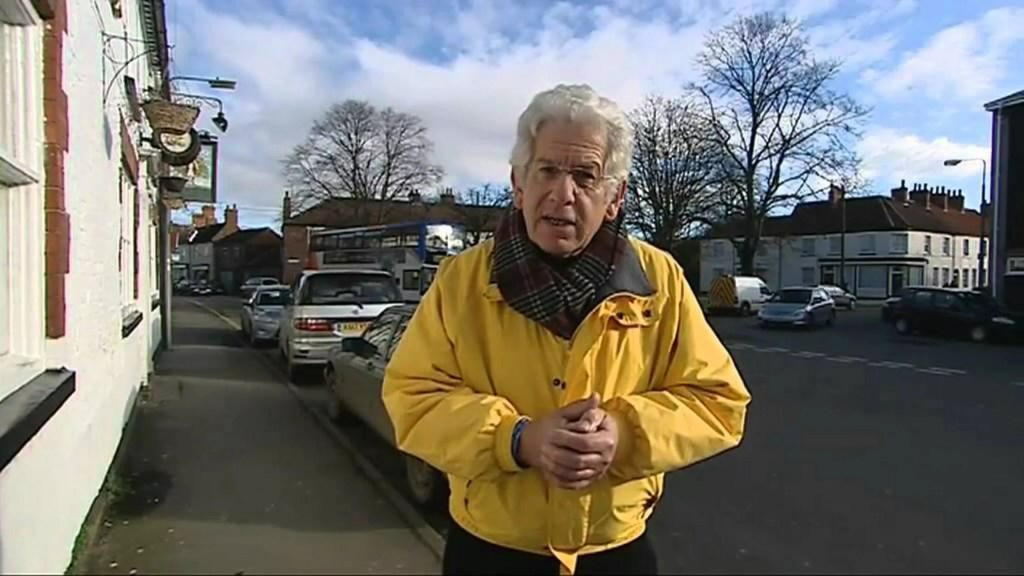John Harrison was a carpenter by trade who was self-taught in clock making. He was only 21 years old when the Longitude Act was passed. And he spent the next 45 years perfecting the design of his timekeepers.
In 1727, he made the Harrison Clock, an amazing fully working wooden mechanism. His clock achieved an accuracy of one second in a month, far better than any clocks of the time.
In order to solve the problem of Longitude, he aimed to devise a portable clock which kept time to within three seconds a day.
Three of his early wooden clocks have survived to this day. They are at display in the Worshipful Company of Clockmakers’ collection in the Science Museum in London.
The Clock That Changed the World

Read On – Our Latest Top Documentaries Lists

Riyan H.

